On warm summer evenings, the rhythmic chirping of crickets creates nature’s soundtrack across gardens, fields, and forests worldwide. This familiar sound isn’t just ambient noise—it’s a sophisticated communication system that has evolved over millions of years. Cricket “songs” represent one of the most efficient acoustic communication systems in the insect world, primarily produced when males rub specialized parts of their wings together. But what exactly are these tiny musicians saying to each other? Their wing-generated symphonies contain complex messages about species identity, mating readiness, territorial boundaries, and even warnings about predators. Let’s explore the fascinating world of cricket acoustics and decode the secret language hidden in those nightly serenades.
The Cricket’s Sound-Producing Machinery
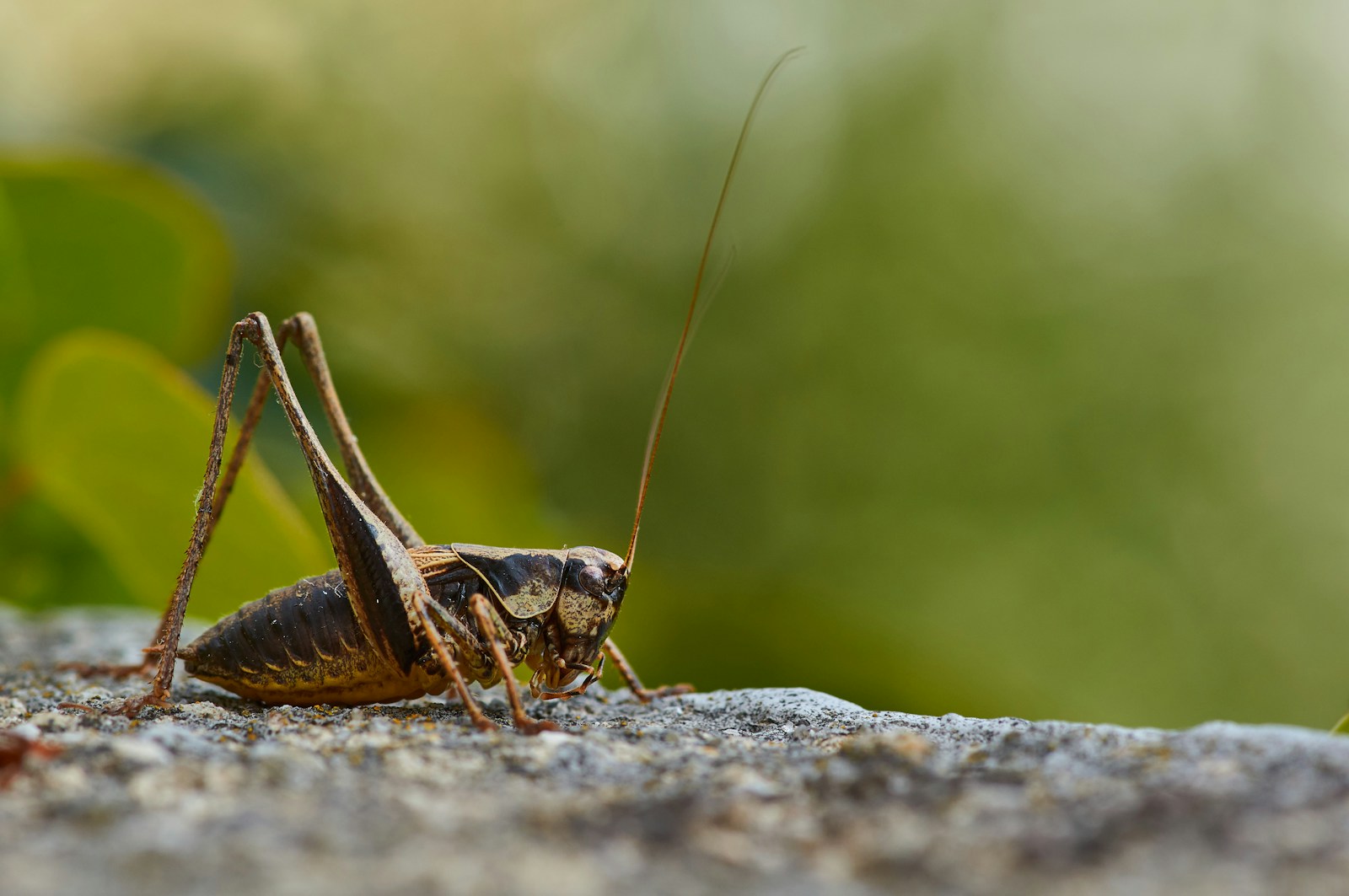
Unlike most insects that produce sound through vibrating membranes or by expelling air, crickets have evolved a unique method called stridulation. This process involves rubbing specialized structures on their wings together to create sound, similar to running your finger along the teeth of a comb. The male cricket’s forewings (tegmina) have evolved a specialized structure: a sharp ridge called the “scraper” on one wing and a textured area known as the “file” on the other. When the cricket raises its wings and draws the scraper across the file—which contains a series of microscopic teeth—the resulting vibration creates the distinctive chirping sound. The structure of these wings varies between species, explaining why different cricket species produce distinctly different songs that serve as acoustic signatures.
The Wings as Acoustic Instruments
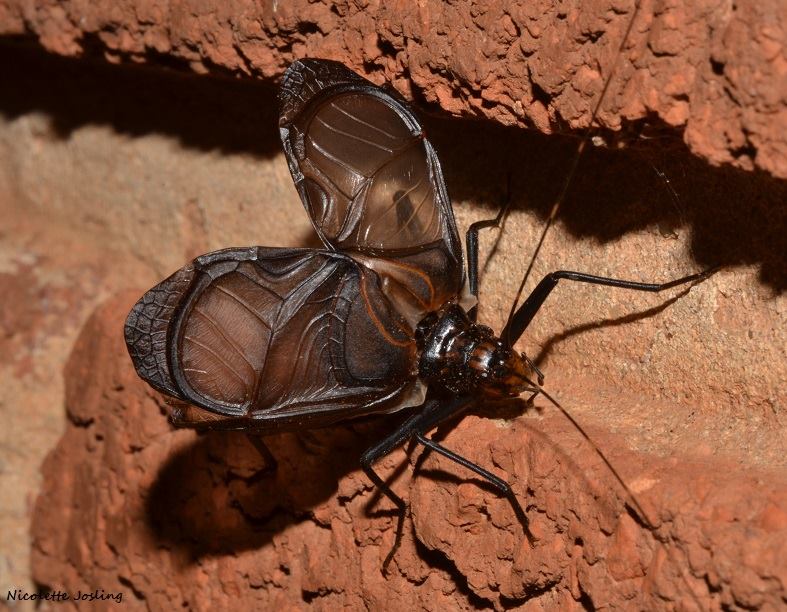
Cricket wings are remarkable acoustic instruments that have been fine-tuned by evolution for maximum sound efficiency. Beyond just the file and scraper mechanism, the wings themselves serve as amplifiers for the sound produced. The central portion of the male’s forewings contains a thin, membrane-like region called the “harp,” which vibrates like a drum when the stridulation occurs, significantly amplifying the sound. Another specialized structure, the “mirror,” acts as a resonator that further enhances particular frequencies of the chirp. Together, these structures transform what would be a faint scraping noise into the loud, piercing calls that can travel surprising distances—some cricket species’ songs can be heard from over 1,500 meters away under ideal conditions. This remarkable acoustic engineering allows a tiny insect weighing less than a gram to broadcast its presence across impressive distances.
The Calling Song: Advertising for Mates
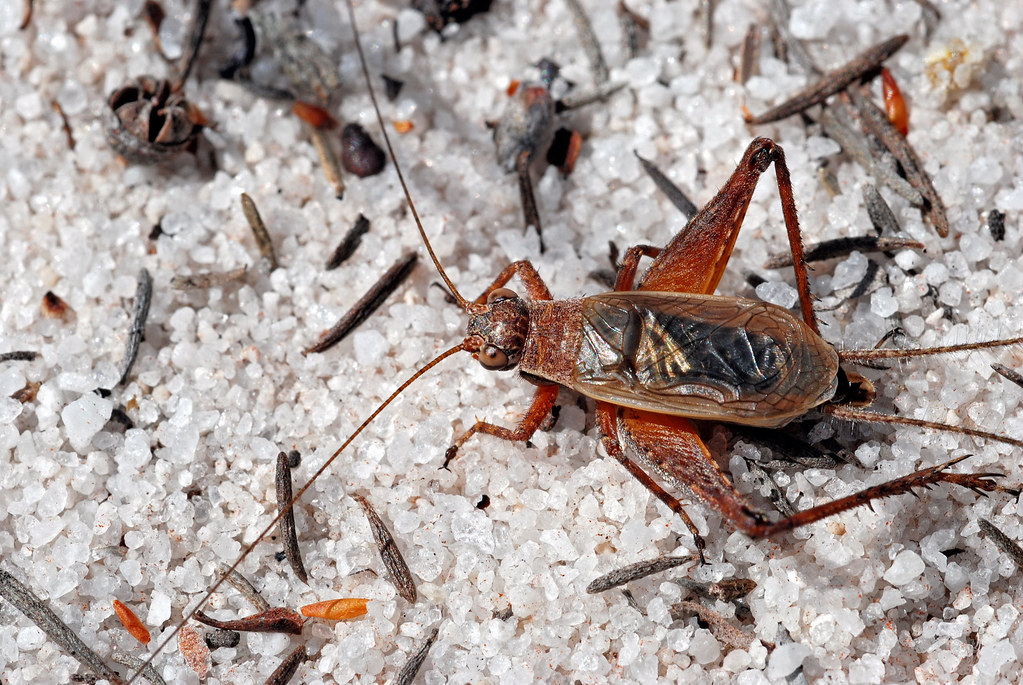
The most common cricket song that fills our summer nights is the calling song, a male cricket’s primary advertisement to attract females. This song typically consists of a rhythmic series of chirps with a species-specific pattern of pulses, pauses, and frequency. The calling song effectively announces “I am here, I am this species, and I am ready to mate” to any receptive females in the vicinity. Males invest considerable energy in this acoustic performance, sometimes chirping for hours on end. The quality of a male’s calling song can reveal important information to females about his genetic fitness, physical condition, and suitability as a mate. Research has shown that females of many cricket species prefer males who produce louder, more energetic, or more consistent calling songs, as these qualities typically indicate a stronger, healthier potential partner.
The Courtship Song: Private Serenades
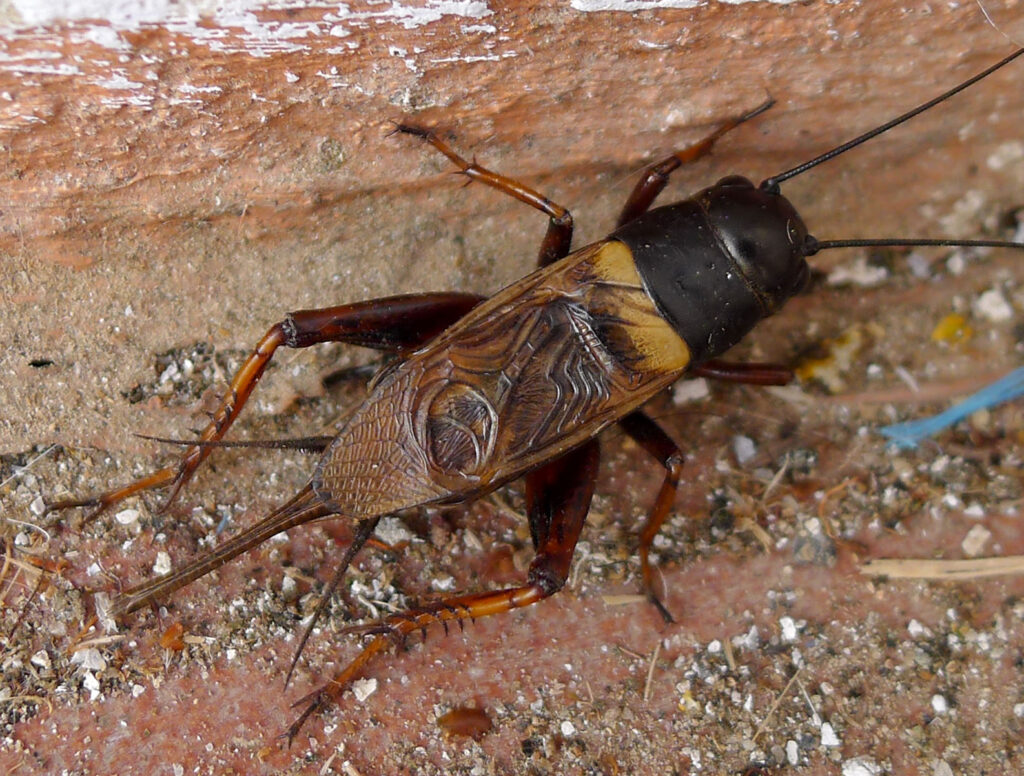
When a female cricket approaches a calling male, the acoustic performance changes dramatically to a courtship song. This more intimate serenade is usually quieter, more complex, and has a different rhythm than the calling song. The courtship song serves multiple purposes in the mating ritual, helping to confirm the male’s species identity at close range and stimulating the female’s readiness to mate. This specialized song may also contain acoustic cues that help prevent the female from cannibalizing the male—a real risk in some cricket species. In many species, males will alternate between producing sound and releasing pheromones during courtship, creating a multisensory experience that increases their chances of successful mating. The intricate nature of courtship songs demonstrates how cricket communication extends far beyond simple chirping.
The Aggressive Song: Sonic Warfare
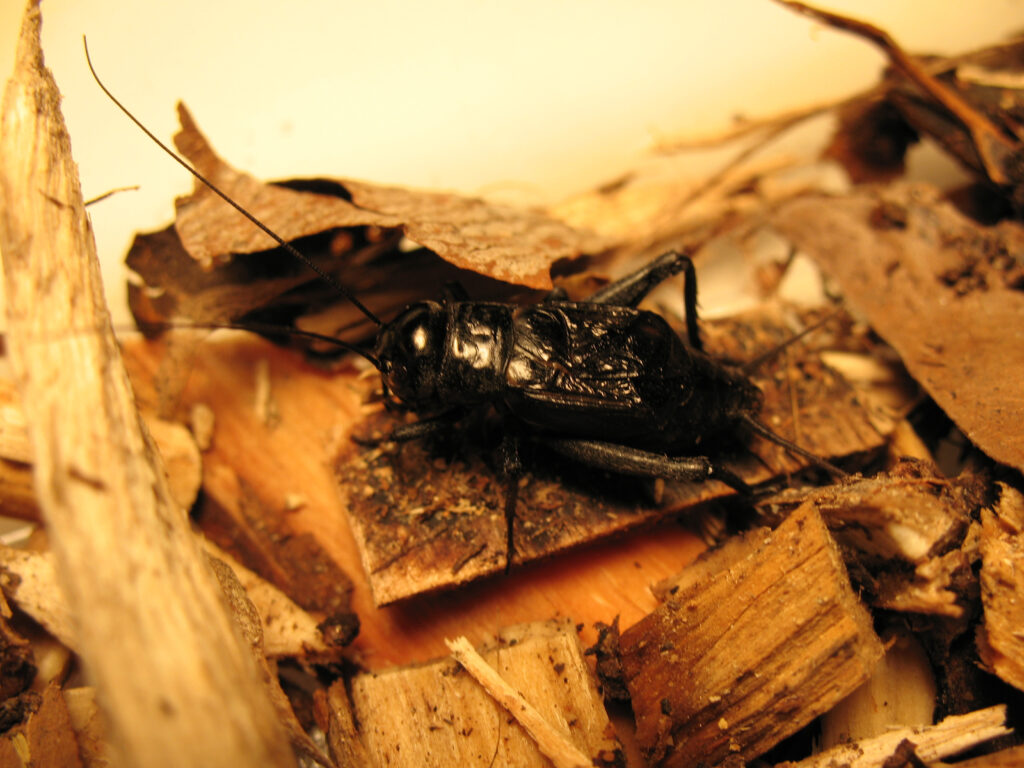
Male crickets don’t use their wing-generated songs exclusively for attracting mates—they also employ specialized aggressive songs when competing with other males. These territorial declarations are typically characterized by louder, more intense chirping patterns with distinct rhythmic structures that signal aggression rather than attraction. When two males encounter each other, they often engage in acoustic duels before resorting to physical combat, using their songs to assess each other’s size, strength, and fighting ability. Research has shown that some male crickets can actually adjust the frequency components of their aggressive songs to appear larger or more threatening to rivals. This acoustic bluffing allows smaller males to potentially avoid physical confrontations they might lose, demonstrating the sophisticated nature of cricket communication systems.
The Post-Copulation Song: Victory Chirps
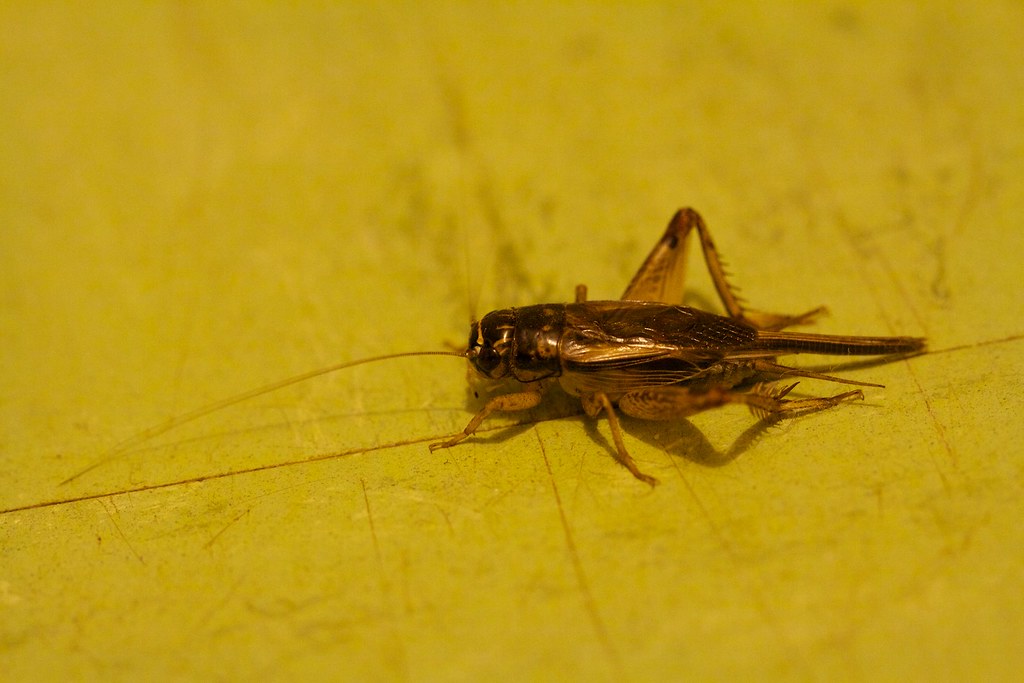
Some cricket species perform what researchers call a post-copulation song, produced immediately after successful mating. This distinctive acoustic signal serves several potential functions in cricket reproduction strategies. The post-copulation song may help to reduce the female’s motivation to mate with additional males, essentially attempting to discourage sperm competition from rival males. In some species, this song appears to stimulate physiological responses in the female that favor the use of that particular male’s sperm for fertilization. Additionally, the song might serve as a public announcement to other males that this female has recently mated, potentially saving them wasted energy in courtship attempts. These sophisticated acoustic behaviors highlight the complex social and reproductive dynamics in cricket communities.
Temperature Effects on Cricket Communication
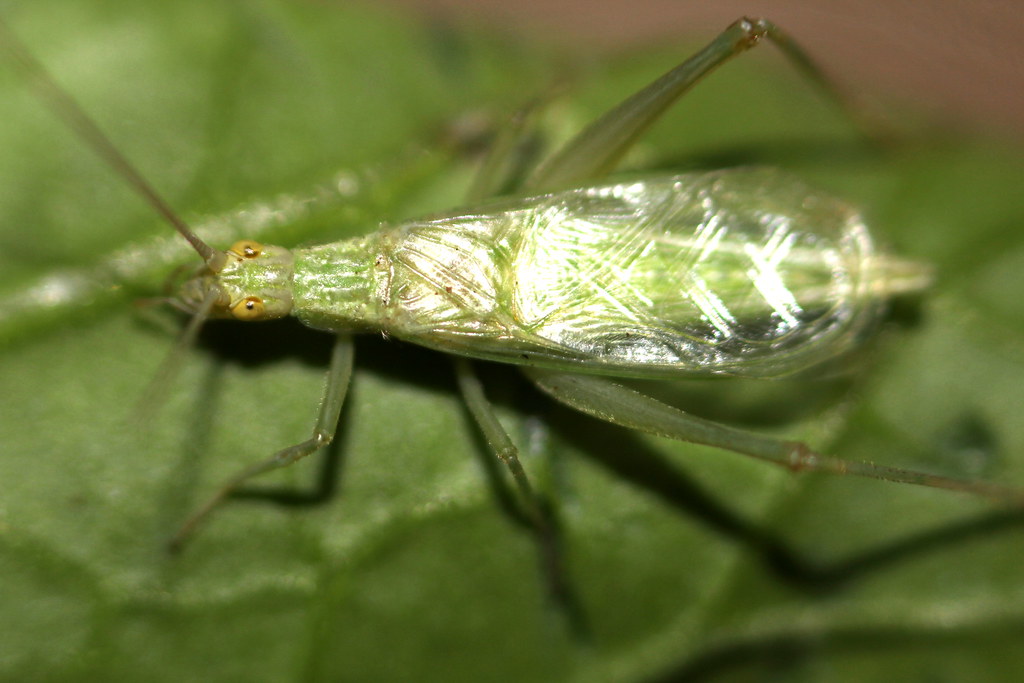
Cricket communication is intimately connected to temperature, with chirping rates directly influenced by ambient conditions. As ectothermic creatures, crickets’ metabolic rates—and consequently their wing movement speeds—increase in warmer temperatures and decrease in cooler conditions. This relationship is so reliable that certain cricket species can serve as natural thermometers using formulas like Dolbear’s Law, which correlates chirp rates to temperature. For example, counting the number of chirps produced by a snowy tree cricket in 15 seconds and adding 40 will approximate the temperature in Fahrenheit. This temperature dependence means cricket acoustic communication undergoes daily and seasonal rhythms, with faster songs during warm days and slower, more drawn-out performances during cool evenings. The temperature sensitivity of cricket communication demonstrates how deeply these insects’ social behaviors are intertwined with their environment.
The Silent Females: Why Only Males Chirp
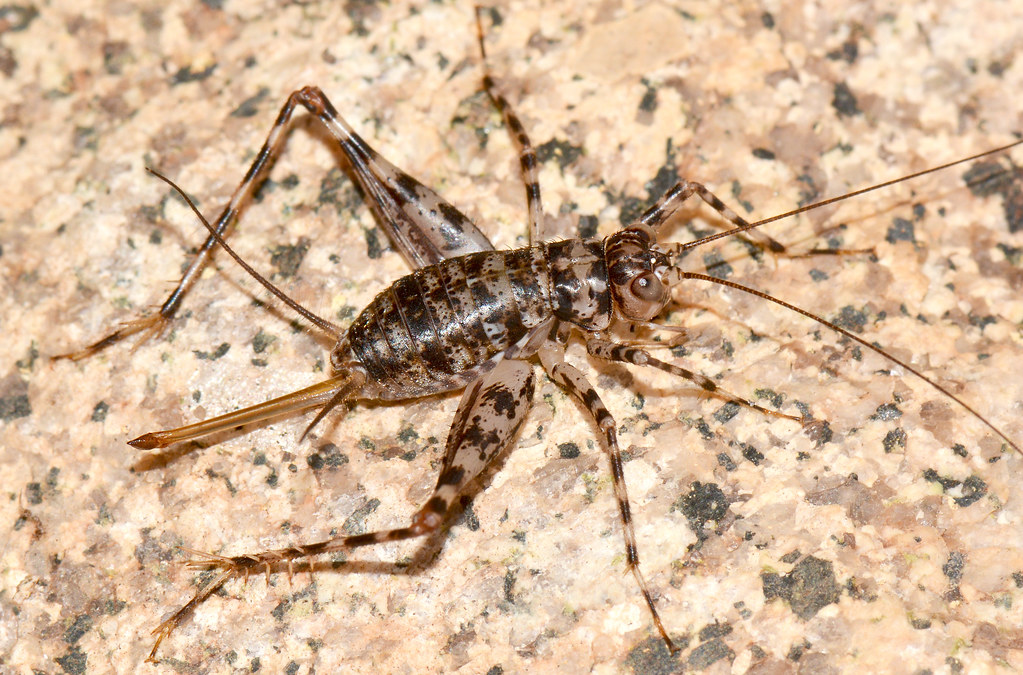
In the vast majority of cricket species, only males possess the specialized wing structures needed for sound production, creating a gender-based asymmetry in communication. This sexual dimorphism reflects the different reproductive strategies employed by male and female crickets. Males, who can produce many sperm at relatively low biological cost, benefit from advertising widely to attract multiple mates. Females, who invest considerably more energy in egg production, benefit more from being selective receivers of these acoustic signals. While female crickets don’t typically produce songs, they aren’t passive participants in this communication system. Females have highly developed tympanic membranes (ear-like structures) on their front legs that allow them to locate singing males with remarkable precision, sometimes navigating complex environments to find preferred mates. This hearing ability also allows females to evaluate subtle qualities in male songs that reveal genetic fitness and compatibility.
Species-Specific Acoustic Signatures
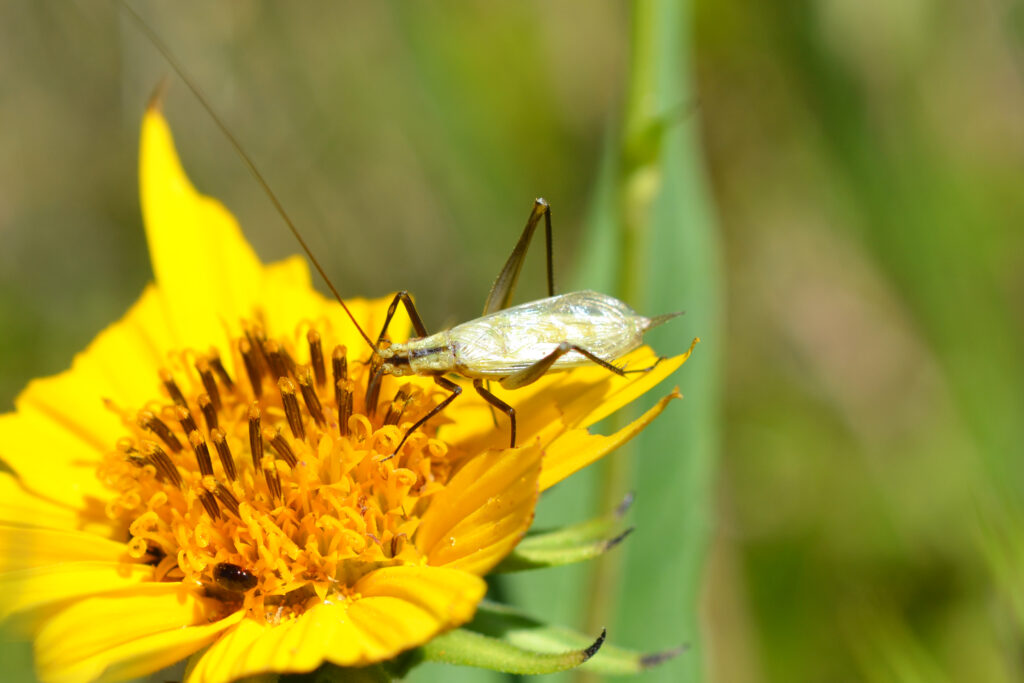
The world contains over 900 known cricket species, and remarkably, each produces a unique acoustic signature that serves as an auditory fingerprint. These species-specific songs function as effective reproductive isolation mechanisms, ensuring that females locate and mate with males of their own species even in environments where multiple cricket species coexist. The distinct sound patterns emerge from variations in wing structure, chirp rhythm, pulse rate, frequency, and amplitude among different species. Scientists studying cricket biodiversity often use audio recordings to identify species that might look nearly identical but produce unmistakably different songs. This acoustic diversity has even led to the discovery of cryptic species—populations previously thought to be a single species until differences in their songs revealed distinct evolutionary lineages. The precision of these acoustic signatures demonstrates the sophisticated evolutionary fine-tuning of cricket communication systems.
Predators Listening In: The Dangers of Talking

While cricket songs effectively attract mates, they simultaneously create a significant survival risk by broadcasting the singer’s location to potential predators. Various animals—including bats, birds, lizards, and parasitoid flies—have evolved to eavesdrop on cricket communications and use these sounds to locate their prey. This predation pressure has led to fascinating evolutionary adaptations in cricket communication strategies. Some cricket species have developed songs that minimize their detectability to specific predators while remaining attractive to females, like using frequencies that certain predators can’t hear well. Other crickets employ strategic timing in their singing, such as chirping primarily when their main predators are least active. Perhaps most dramatically, in areas with high populations of acoustically-hunting parasitoid flies, some cricket populations have evolved “silent wings”—males that can no longer sing but may employ alternative mating strategies like intercepting females headed toward singing males.
The Complex Brain Behind the Song
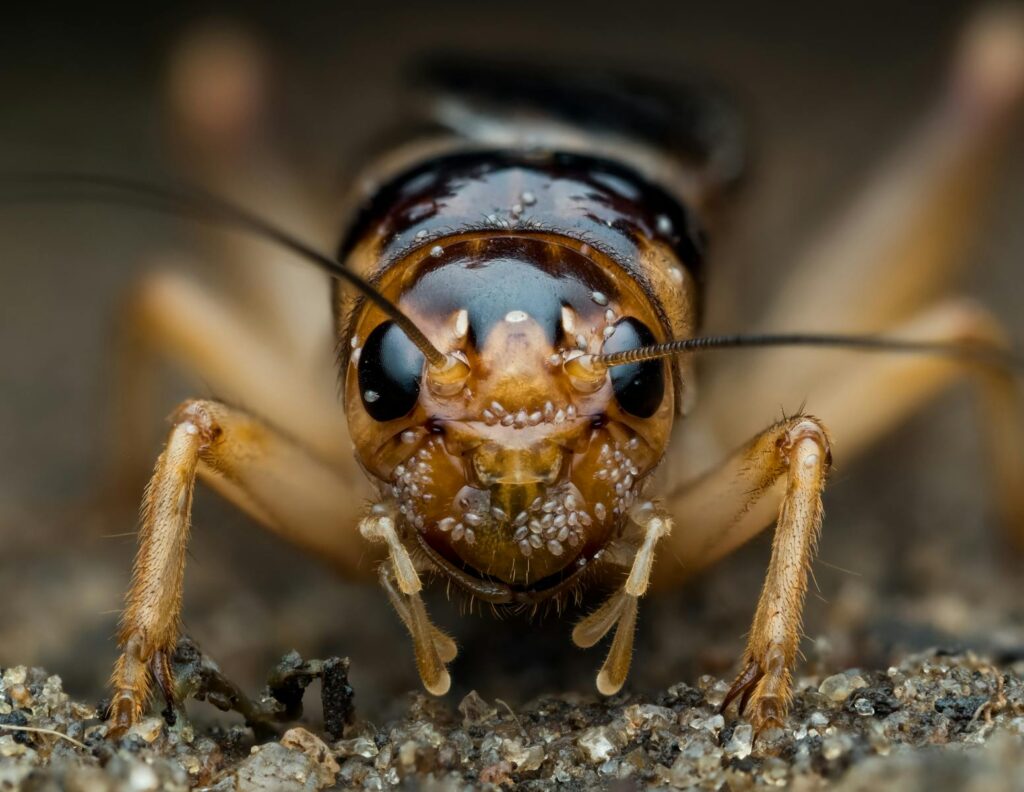
Despite their small size, crickets possess remarkably sophisticated neural circuitry dedicated to sound production and processing. The cricket central nervous system contains specialized command neurons that coordinate the precise wing movements needed for stridulation, allowing for complex patterns of muscle activation that produce species-specific songs. These neural circuits represent some of the best-understood examples of how brains generate rhythmic behaviors in any animal. Research has revealed that cricket brains contain dedicated pattern generators that can produce the basic rhythm of songs even when isolated from sensory input, similar to how vertebrate breathing rhythms work. Additionally, crickets possess sophisticated auditory processing systems that allow them to recognize the specific acoustic features of their own species’ songs while filtering out environmental noise and other species’ calls. This neural complexity demonstrates how even seemingly simple creatures can possess highly specialized brain adaptations for communication.
Evolutionary Origins of Cricket Wing Communication

The evolutionary history of cricket song stretches back approximately 300 million years, with fossil evidence suggesting that ancient orthopteran insects (the order including crickets and grasshoppers) were already using primitive forms of stridulation in the Carboniferous period. The specialized wing structures used for sound production likely evolved gradually from structures initially used for other purposes. Scientists theorize that the file-and-scraper mechanism may have originated from wing veins that incidentally produced sound when wings rubbed together, perhaps initially during defensive displays or movement. Natural selection would have favored individuals whose incidental sounds proved advantageous in territorial disputes or attracting mates, gradually refining these structures into the sophisticated acoustic instruments seen in modern crickets. This evolutionary process represents a classic example of exaptation—where a structure evolved for one purpose is repurposed for a new function—and demonstrates how complex communication systems can emerge through incremental adaptive changes over evolutionary time.
The Future of Cricket Communication Research

Modern research into cricket communication continues to reveal surprising insights, with technological advances enabling more detailed analysis than ever before. High-speed imaging now allows scientists to visualize the precise wing movements during stridulation, while sophisticated acoustic analysis techniques can detect subtle variations in cricket songs inaudible to human ears. Current research frontiers include investigating how environmental changes—including noise pollution, habitat fragmentation, and climate change—might disrupt cricket communication systems that evolved over millions of years. Some studies are exploring how crickets might adapt their songs in urban environments where background noise interferes with their signals. Other researchers are using cricket communication as a model for developing bio-inspired technologies, including miniature acoustic sensors and novel sound-producing mechanisms. As our understanding of these remarkable insects deepens, cricket communication continues to serve as a window into the evolution of animal signaling systems and the intricate relationships between behavior, environment, and evolutionary processes.
Conclusion
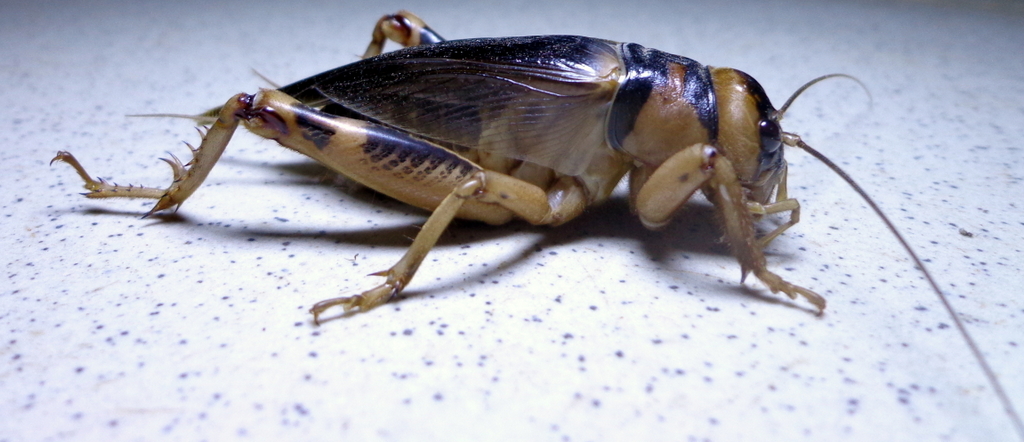
The humble cricket’s ability to transform its wings into sophisticated musical instruments represents one of nature’s most elegant communication systems. These insects demonstrate how evolution can produce remarkably effective solutions for life’s fundamental challenges: finding mates, defending territories, and navigating complex social interactions. From the precise neural circuitry controlling wing movements to the specialized structures that amplify sound, cricket communication exemplifies biological engineering at its finest. Next time you hear crickets chirping on a summer evening, remember you’re not just listening to random noise, but eavesdropping on an ancient acoustic language—one filled with advertisements, warnings, challenges, and courtship serenades that have been refined over hundreds of millions of years of evolution. In the cricket’s world, talking with your wings isn’t just possible—it’s the sophisticated foundation of their social lives.

